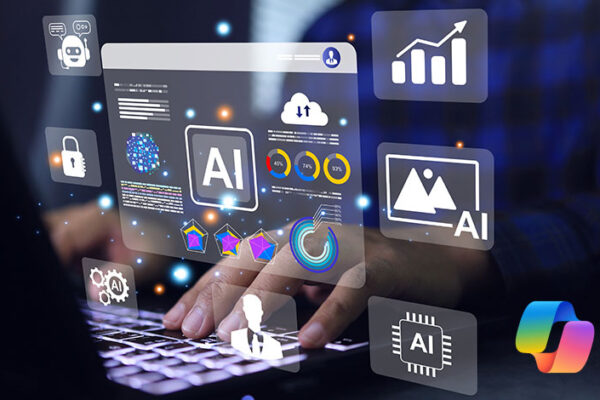If you’d told me twenty years ago that I’d be working in the technology industry, I would have laughed. My background? Art, history, and social services—not exactly the usual path to tech. I still sew and do needlework, and I miss the days when you had to check an answering machine or hunt down a pay phone. Honestly, I thrived without knowing what my second cousin, three times removed, had for breakfast this morning. Sometimes, I feel like the old guy on the corner yelling, “get off my lawn!”
But life has a way of surprising us. My career took a hard left turn and landed me in the world of technology. At first, I thought, “No problem. My skills—problem solving, analysis, and communication—are still useful.” I didn’t need to dive too deep into the tech pool; basic Excel and PowerPoint were enough. Fourteen years later, I’m proof that a non-technical person can survive (and even thrive) in a technology company.
Then came 2025. Our new CEO announced that we were going to be an AI-First company. We were not only encouraged, but expected to use AI in our day-to-day work. Cue the mini panic attack. My mind raced: What part of my job could I hand over to AI? How was I supposed to figure this out?
The lowest hanging fruit was my semi-annual reports. But I actually enjoy making those! Me and my trusty adding machine (yes, I still use it) making charts and graphs, discovering trends, and recapping the year—it’s something I look forward to. I didn’t want to give that away to my computer.
But change was coming, whether I liked it or not. So, I took a deep breath and got on board. I completed every training offered and sat down with a coworker who was genuinely excited about AI. Together, we made a plan and found ways to integrate AI into my workflow. Anytime someone said, “You can use Copilot for that,” I’d ask how. Gradually, my panic eased and I started to see the possibilities.
Now, I use Copilot to summarize long technical documents in plain language, generate images for presentations, and organize meeting notes. I’m still not ready to give up my trusty adding machine or hand over my reports, but I’m finding other ways to use these tools to make my life easier.
Most people see AI as something that gives them more time in their day. I used to think it would take away the parts of my job I enjoyed. Turns out, I was mistaken. If you’re like me—afraid of adopting new technology and unsure how it can help—take a deep breath and start small. Try it out and see if it really does save you time. And if you haven’t asked Copilot to rewrite an email as if it were from a pirate yet, you’re missing out! Not every use case works for everyone, but everyone can find a use case.
So here’s my advice:
You don’t have to be an expert to benefit from AI. Start with one small task, ask questions, and let curiosity lead the way. You might be surprised at how much easier your work becomes—and you might even have a little fun along the way.
PS… I was able to use this post as a learning opportunity. I asked Copilot to review my article and make suggestions – most of which made the final draft. Another small step.





Great post Jen! Hits the spot on many levels..